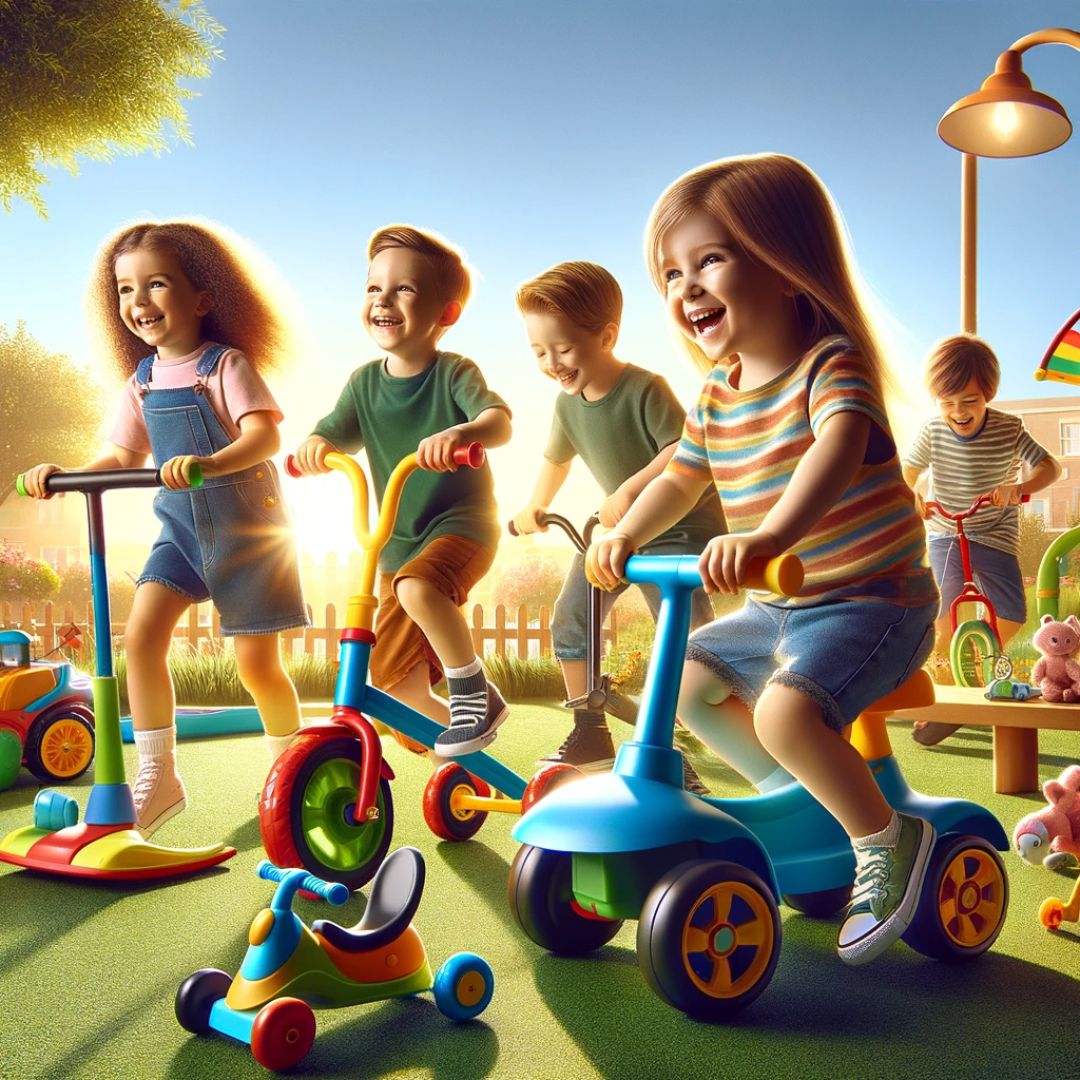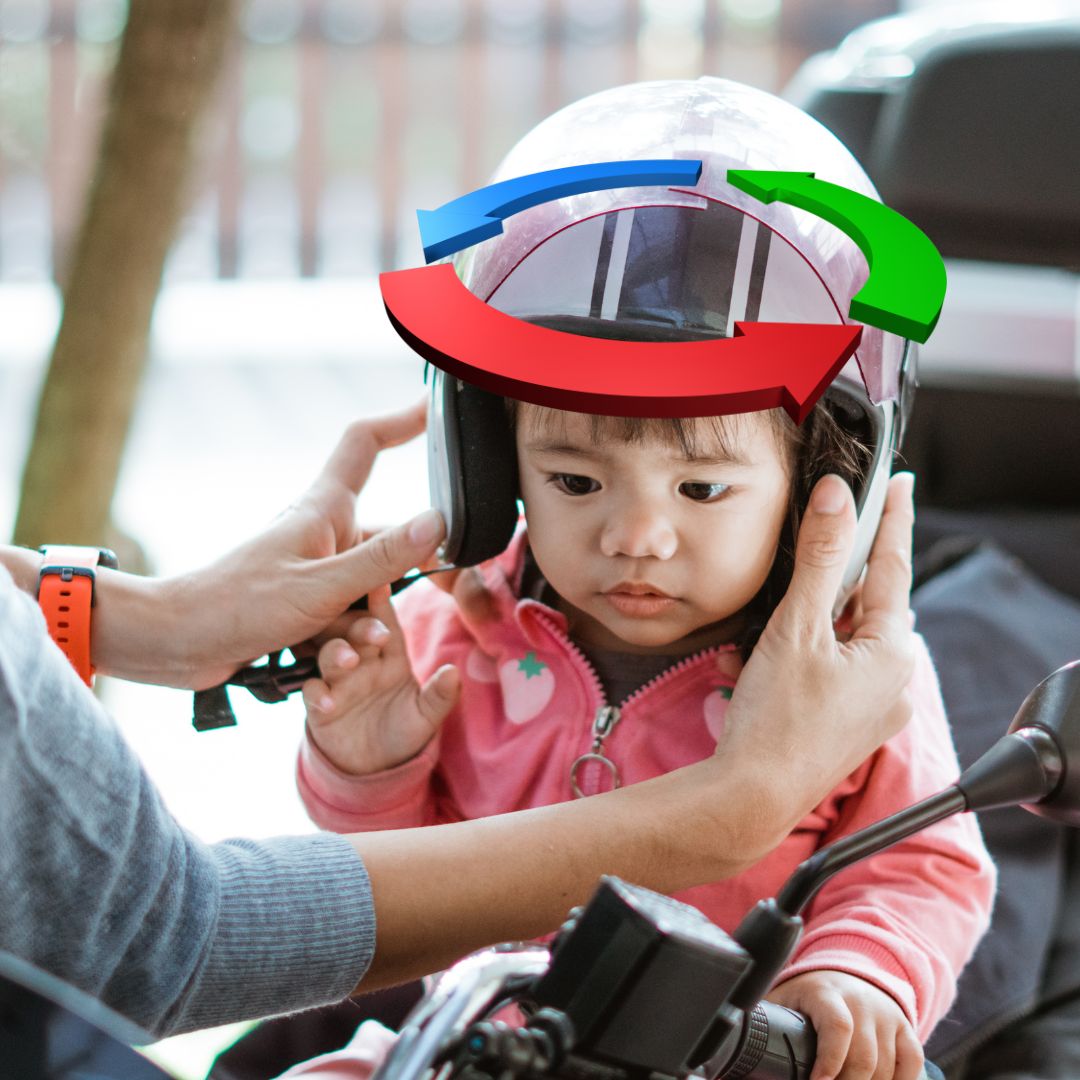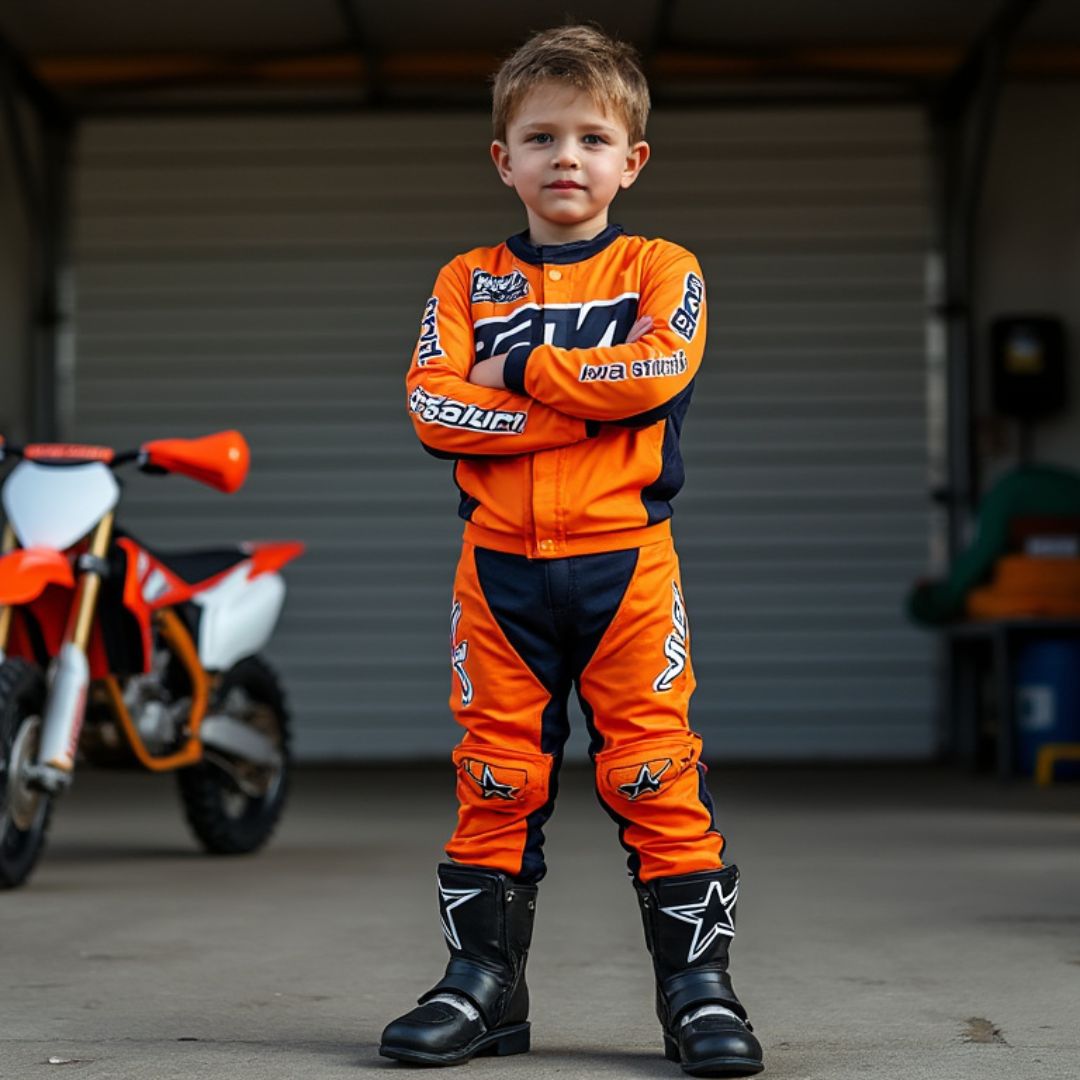
Updated: 23.4.25
Ride-on toys aren't just a source of fun—they play a key role in a child's growth and development. For parents and educators, understanding how these toys benefit children physically, emotionally, and socially is essential.
In this article, we explore the many benefits of ride-on toys, showing how they help shape well-rounded, confident, and healthy children.
Physical Development
Boosts Motor Skills
Ride-on toys enhance both fine and gross motor skills as children steer, pedal, and push themselves forward. These actions support hand-eye coordination, build muscle strength, and improve body control—foundations for a healthy, active lifestyle.
Related: Are Ride-On Toys Good for Toddlers?

Improves Balance and Coordination
Whether they're balancing on scooters or steering ride-on cars, kids naturally refine their balance and coordination. These skills prepare them for physical activities like cycling, climbing, and sports.
Cognitive and Emotional Development
Fuels Creativity and Imaginative Play
Ride-on toys inspire role-playing adventures that build imagination and narrative thinking. From racing down the track to going on make-believe road trips, these experiences help develop cognitive flexibility and problem-solving skills.
Builds Confidence and Resilience
Each time a child masters a ride-on toy or overcomes a small challenge—like navigating a turn—they gain confidence. These positive moments contribute to resilience, fostering a mindset of perseverance and self-belief.
Fosters Independence
Ride-on toys give children the freedom to explore, make decisions, and navigate paths on their own. This promotes a sense of independence and nurtures autonomy from an early age.
Supports Developmental Milestones
Ride-on toys are excellent tools for helping children achieve key milestones. For toddlers learning to walk, push-along toys offer support and balance. As they grow, more advanced models challenge and refine motor coordination and control.
Related: Transforming Your Child's Energy into a Fitness Routine You'll Both Love
Social Development
Encourages Cooperative Play
Ride-on toys provide opportunities for sharing, turn-taking, and collaborative play. Children learn essential social skills like communication, patience, and teamwork—all through active play with peers.
Supports Emotional Well-being
Outdoor play with ride-on toys contributes to a child’s happiness and emotional balance. The freedom to explore, play, and move enhances mood, reduces stress, and promotes a sense of well-being.
Health and Well-being
Encourages Physical Activity
Ride-on toys are a fantastic alternative to screen time. They motivate kids to move, helping to build endurance, strengthen bones, improve heart health, and maintain a healthy weight—all while having fun.
Promotes Outdoor Engagement
Playing outside on a ride-on toy introduces kids to the joys of nature and fresh air. This connection with the outdoors not only boosts physical health but also encourages environmental appreciation.
Safety Tips for Parents
Always choose age-appropriate toys with built-in safety features. Supervise younger children, and equip them with safety gear like helmets, knee pads, and elbow pads to reduce the risk of injury.
Environmental Awareness
Outdoor play also nurtures eco-consciousness. Kids who spend time outside tend to develop a deeper appreciation for the environment, planting early seeds of environmental responsibility.
Popular Types of Ride-On Toys
Ride-On Cars
Foot-to-floor models are perfect for toddlers, while electric ride-on cars offer older children a more realistic driving experience. These toys help develop steering, control, and spatial awareness.
Balance Bikes
Balance bikes prepare children for traditional bicycles by strengthening core muscles and teaching them how to balance without stabilisers. They’re ideal for building confidence and making that eventual transition smoother.
Scooters
Scooters boost agility and coordination and are available in a wide range of styles to suit different ages and abilities.
Tricycles
Trikes offer younger children a stable way to learn pedalling, steering, and forward motion. They’re a great starting point for kids new to ride-on play.
Rocking Horses
These classic toys help develop balance and rhythm while also encouraging imaginative indoor play.
Electric Go-Karts
Electric go-karts are ideal for older children seeking speed and excitement, helping improve reflexes and motor control in a safe, controlled setting.
Choosing the Right Ride-On Toy
Consider the child’s age, confidence level, and motor skills when selecting a ride-on toy. For toddlers, basic push-along or foot-to-floor models work best. Older kids might enjoy battery-powered cars or go-karts. The goal is to strike a balance between fun and development, with just the right level of challenge.
Conclusion
Ride-on toys offer a powerful blend of fun and developmental value. From boosting physical fitness to nurturing imagination, confidence, and social skills, these toys are truly an investment in your child’s growth.
By choosing the right type for your child’s age and interests, you’ll be supporting their development while giving them unforgettable playtime adventures.
FAQs
What age is best to introduce ride-on toys?
Most children can start using basic ride-on toys, like push-alongs or foot-to-floor models, from around 12 to 18 months. Always ensure the toy is age-appropriate and matches your child’s motor skills.
Are ride-on toys safe for toddlers?
Yes—when selected appropriately. Look for models with stable bases, low height, and safety features. Supervision and safety gear, such as helmets, are recommended for all young users.
Can ride-on toys be used indoors and outdoors?
Many ride-on toys are designed for both indoor and outdoor use. Always check the manufacturer’s recommendations to ensure proper use and safety.
Do ride-on toys help with physical development?
Absolutely. They strengthen muscles, enhance coordination, and support balance—especially important during early growth stages.
What’s the difference between a ride-on toy and a balance bike?
Ride-on toys often have four wheels and are pushed or pedaled by the child. Balance bikes have two wheels and no pedals, teaching balance and control as preparation for cycling.
Find the Perfect Ride-On Toy 🚗
Inspired by the benefits of ride-on toys? Browse our full range and discover the perfect match for your little adventurer!







Share:
What Age Do Kids Use Ride On Toys?
What Are The Different Types Of Ride-on Toys Available For Kids?